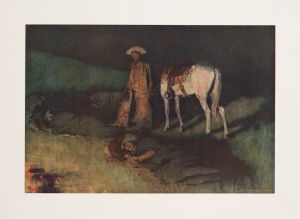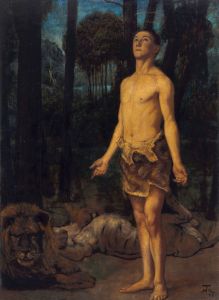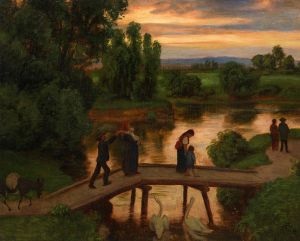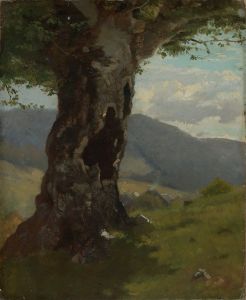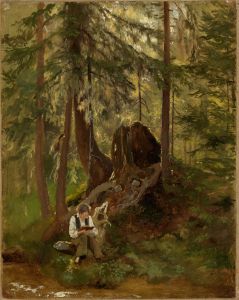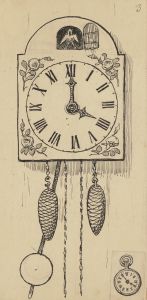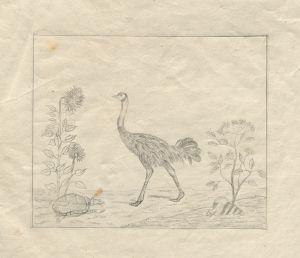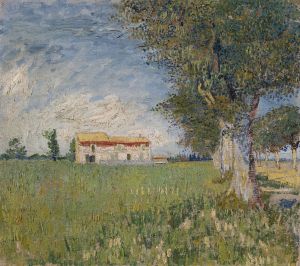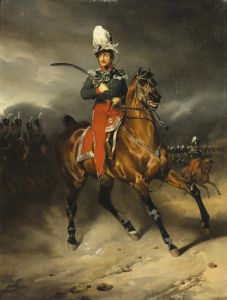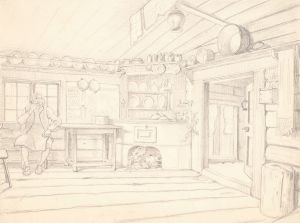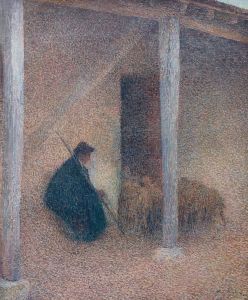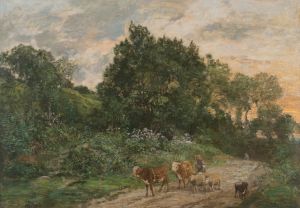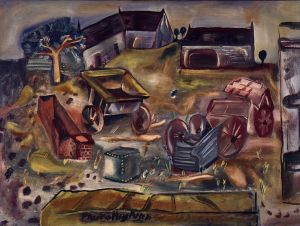
Herd im Thomahaus in Bernau
A hand-painted replica of Hans Thoma’s masterpiece Herd im Thomahaus in Bernau, meticulously crafted by professional artists to capture the true essence of the original. Each piece is created with museum-quality canvas and rare mineral pigments, carefully painted by experienced artists with delicate brushstrokes and rich, layered colors to perfectly recreate the texture of the original artwork. Unlike machine-printed reproductions, this hand-painted version brings the painting to life, infused with the artist’s emotions and skill in every stroke. Whether for personal collection or home decoration, it instantly elevates the artistic atmosphere of any space.
Hans Thoma's painting Herd im Thomahaus in Bernau (translated as Stove in the Thoma House in Bernau) is a work by the German artist Hans Thoma, who was a prominent figure in 19th and early 20th-century German art. Thoma, born in 1839 in Bernau in the Black Forest region, often drew inspiration from his rural upbringing and the landscapes of his homeland. This painting reflects his connection to his roots and his interest in capturing the simplicity and warmth of domestic life.
The artwork depicts the interior of a traditional Black Forest home, specifically focusing on the stove, a central feature in such households. The stove, or "Herd," was not only a source of warmth but also a gathering point for families, symbolizing comfort and togetherness. Thoma's attention to detail in this piece highlights his ability to convey the textures and atmosphere of a lived-in space. The muted color palette and soft lighting evoke a sense of nostalgia and intimacy, characteristic of Thoma's style.
Thoma was associated with the German Romantic and Realist movements, and his works often bridged these styles. He had a deep appreciation for nature and rural life, which is evident in many of his paintings. Herd im Thomahaus in Bernau is a testament to his ability to find beauty in everyday scenes and to celebrate the cultural heritage of his native region.
The painting is believed to have been created during a period when Thoma was reflecting on his personal history and the traditions of his homeland. His works from this time often feature interiors, landscapes, and scenes that emphasize a connection to nature and a simpler way of life. While Thoma achieved significant recognition during his lifetime, his work fell out of favor in the mid-20th century, only to be re-evaluated and appreciated again in later years for its technical skill and emotional depth.
Today, Herd im Thomahaus in Bernau is recognized as an example of Thoma's ability to capture the essence of rural German life. The painting is housed in a collection that preserves and celebrates his legacy, though specific details about its current location or exhibition status may vary. Thoma's works continue to be studied and admired for their contribution to German art and their reflection of 19th-century cultural values.





